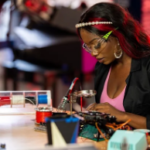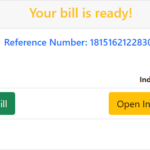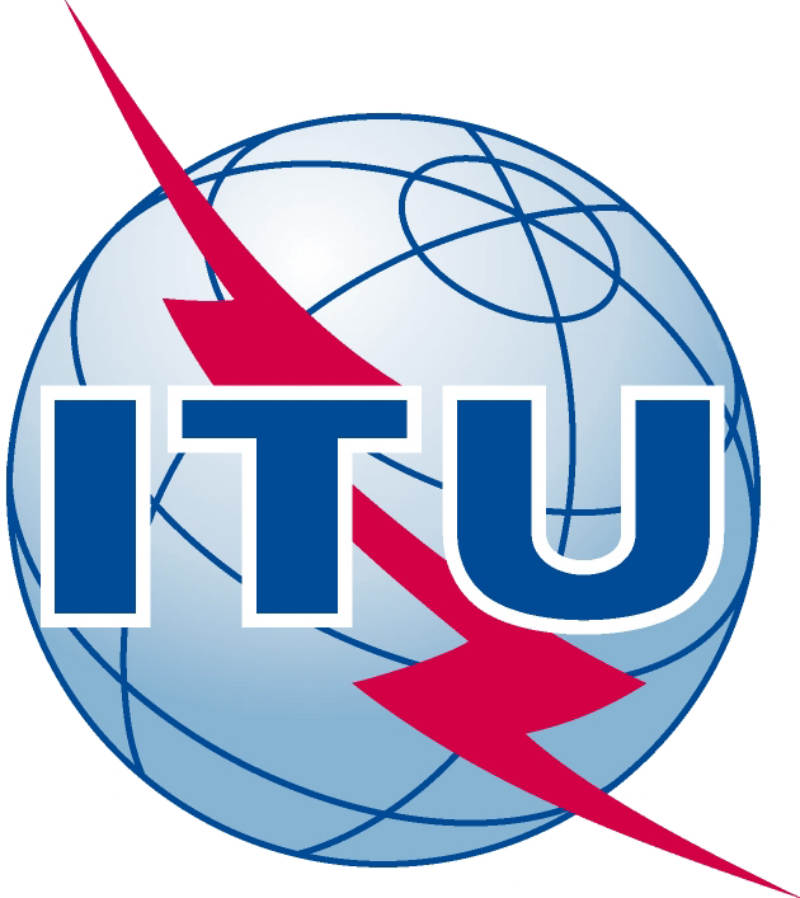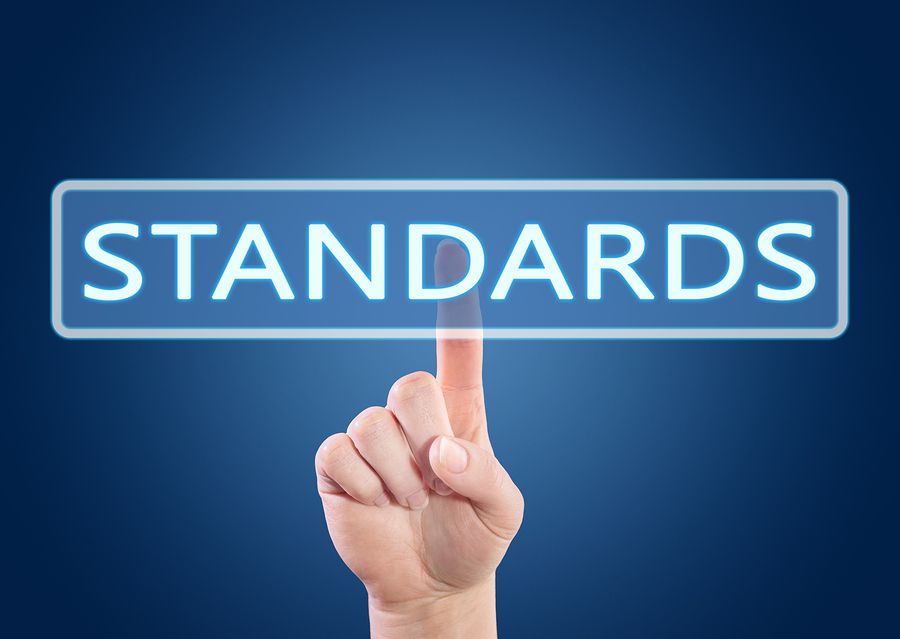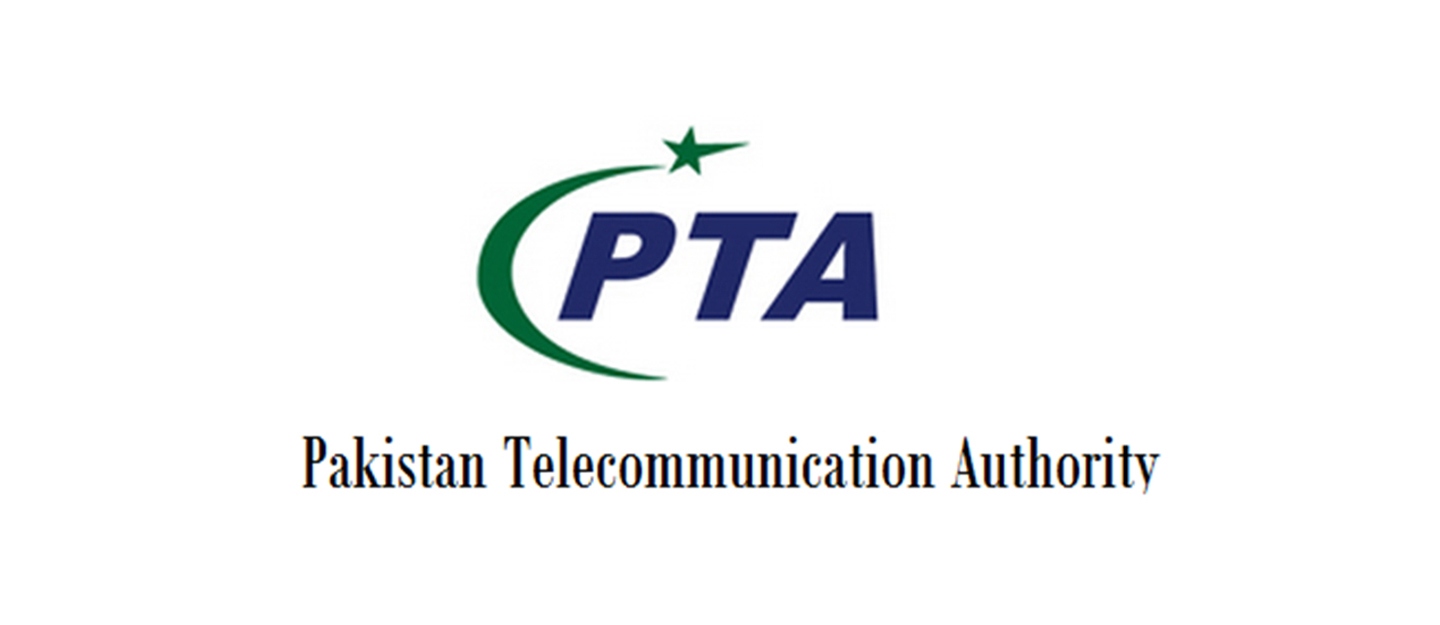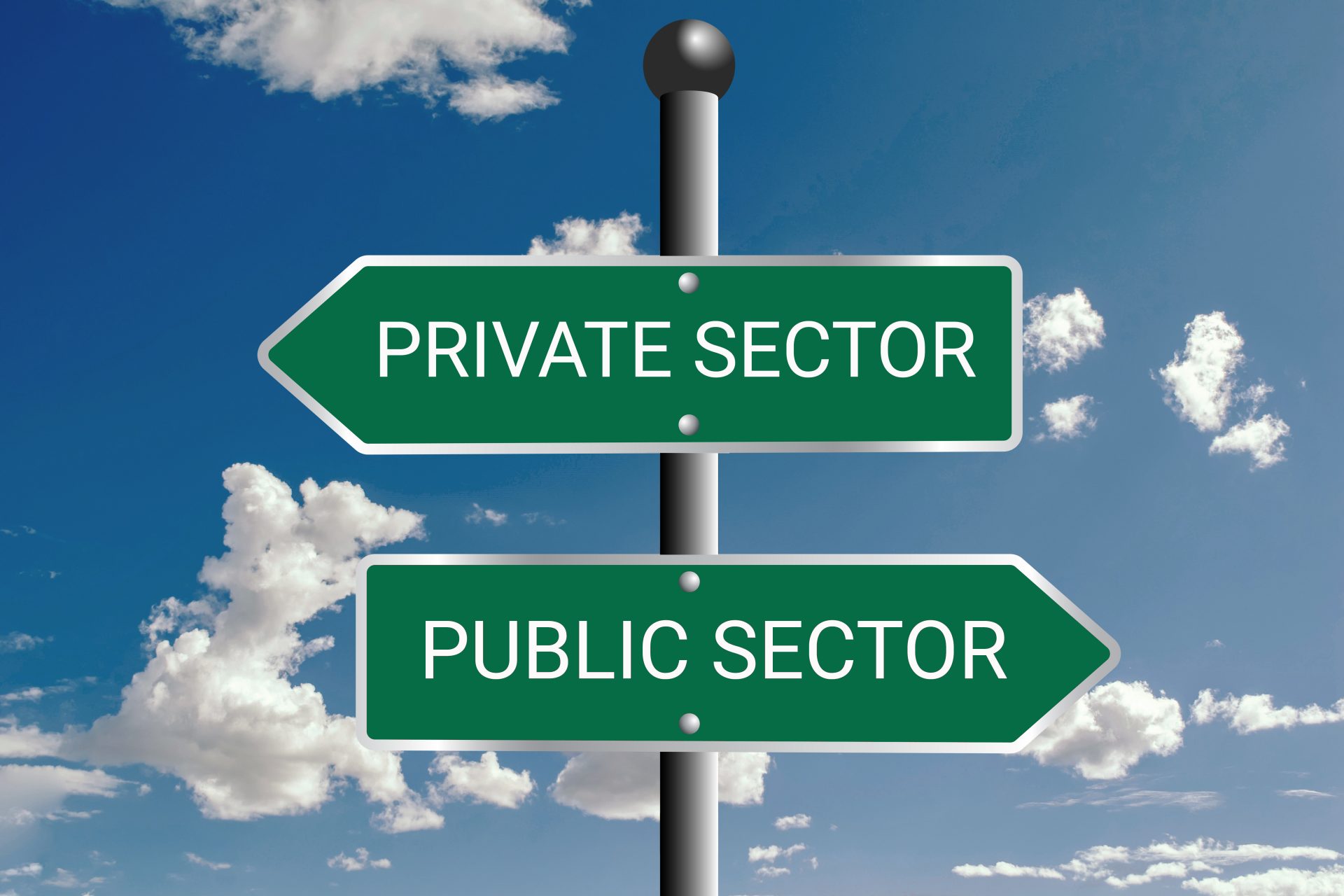Telecommunication Fundamentals
What is The Meaning Of Telecommunication System:
Telecommunication System” means any electrical Electromagnetic Electronics, Optical or Optoelectronics. system for the Emission,Conveyance, Switching or Reception of any Intelligence whether or not that subjected to Rearrangement, Computation or any other Process in the Course of Operation of the system and includes Cable Television Transmission System and Terminal Equipment. Hey there! Did you know that humans have been sending messages over long distances using sound and visual signals since prehistoric times?
It’s true! In ancient Greece, a man named Phidippides even ran over 240 kilometers in just two days to ask for Sparta’s help against the Persians before the battle of Marathon. And even later on, mail was delivered across the United States using a relay of men on horseback.
It’s amazing what people can accomplish, isn’t it?
-
In Indian Seraye’s’ Telecommunication Fundamentals
In India Seraye’s were built Pre-Mughal Muslim period. These served as staging posts for the horse-riding messengers. The remains of the earliest communication system related to the Mughal period can be seen by the roadside between “Agra” & “Srinagar”.These are Seraye’s of masonry heaps or half-columns at suitable distances, for accommodation, drummers used to send advance messages of Mughal King Jahangir’s procession.
CHANGHEZ KHAN ORGANIZED. Telecommunication Fundamentals
Changhez khan for carrying but organized a pigeon relay service across Asia and Europe. Lighting of fire on hill tops, release of smoke was an early form of visual signaling.
At sea the traditional method of communication was to hoist flags at different part of ships to communicate depicting messages. Later on this method of flag signaling was adopted on land. Semaphore, a code for signaling alphabet with the help of 2 flags continued to be used for long time.
- The Discovery Of Static Electricity
- Telegraphy
- First Telegraph link
The first telegraph link constructed in 1786 between Madrid and Aranjuez over a distance of 42 Km. With the invention of electric cell by Volta a source of continuous electric currant become available and the demonstration of magnetic effect of electric currant by Oersted in 1820 facilitated electrical communication.
Telegraph A system that made possible the transmission of messages by sending electrical signals through wires. The first telegraph lines were laid in the early 19th century. It was used to convey messages quickly over long distances. The telegraph line was laid by Samuel Morris from Washington, DC to Baltimore, Maryland in 1844. The invention of the telegraph revolutionized communication and laid the foundation for the telephone and the Internet.
-
The first telegraph line
-
Electric Telegraph
-
The Decline of the Telegraph
-
Origin of the Telegraph
- Telecommunication System Telecommunication Fundamentals
-
Transmitter
-
Receiver
Types of telecommunication systems for Telecommunication Fundamentals
Telephone systems
-
Radio and TV broadcast systems
- These systems used to convey information to a large number of people.
-
Satellite communication
-
Internet
Advantages of Telecommunication System
-
Instant Information Exchange
Facilitation of sending and receiving information instantly to remote locations.
-
Global Connectivity
Provision of immediate information in emergency situations and support for rescue operations. Telecommunication systems have turned the world into a global village.
-
Government Sector
- Public Or Global Telecommunication System
Advantages of Public Telecommunication System for Telecommunication Fundamentals
Easy and quick contact Telecommunication Fundamentals
Through this service, people are provided with the facility to connect with each other instantly. People can communicate anytime and anywhere through mobile phones, landlines, and the Internet.
Social Connectivity Telecommunication Fundamentals
Provides people with the facility to stay in constant touch with their friends and family. People stay connected with each other with the help of social media platforms, messaging, apps, and voice calls, video calls.


